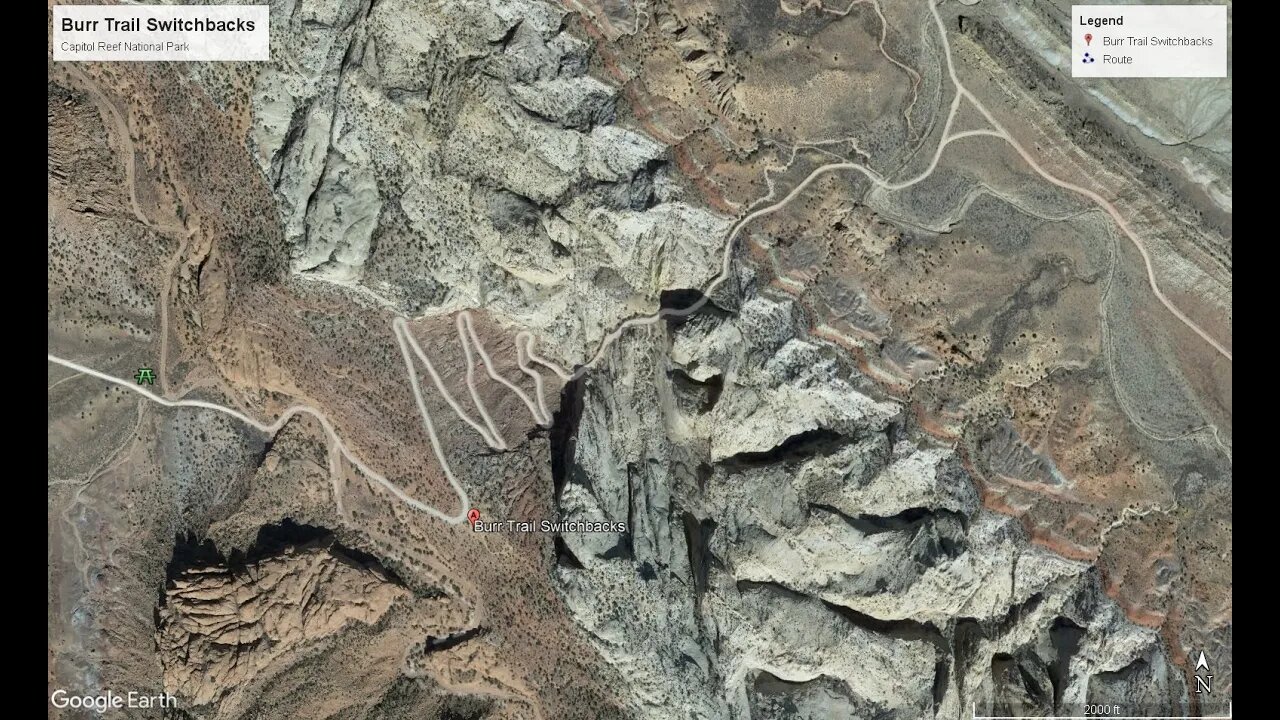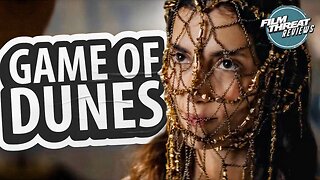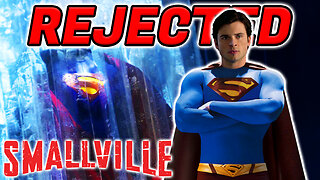Premium Only Content

Burr Trail Switchbacks in Capitol Reef National Park
Burr Trail Switchbacks
The Burr Trail Switchbacks is in Garfield County Utah and are one of the few passages across the Grand Staircase, a geological formation which greatly vexed early stagecoach travelers crossing the plains.
At this tectonic boundary (known as a monocline or more commonly known as the “Waterpocket Fold) the western plate juts sharply above the eastern plate, presenting a largely unbroken wall-like barrier nearly 100 miles long. This generally insurmountable wall of rock is positioned within Glen Canyon National Recreation Area, Capitol Reef National Park, and Grand Staircase-Escalante National Monument (Which encompasses the largest land area of all U.S. National Monuments, slightly larger in area than the State of Delaware).
The switchbacks and the road were named after John Atlantic Burr (He was born in 1846 while crossing the Atlantic thus his middle name Atlantic) and lived with his family in Salt Lake City before moving south to establish the town of Burrville, Utah in 1876. He established the Burr Trail across extremely rugged territory, including Waterpocket Fold, Burr Canyon, and Muley Twist Canyon as a way of moving cattle between lower winter grazing ranges on the east side of Waterpocket Fold and higher summer grazing ranges on the west.
The section of the Burr Trail within Capitol Reef National Park is still unpaved and is in a scenic but isolated section of an already remote National Park that can be reached via Utah Scenic Highway 12 or from the Notom-Bullfrog Road.
(Source https://www.atlasobscura.com/places/burr-trail-switchbacks)
Please note: Although in dry weather the Burr Trail is easily accessible to passenger cars, wet weather may make the road impassable even for 4-wheel drive vehicles. Check with rangers or local officials for weather and road conditions. Recreational Vehicles and trailers are not recommended.
Originally, only the switchbacks were named the Burr Trail, a route used by cattleman in the late 19th century to move cattle back and forth between winter and summer ranges.
Today, the entire road from Bullfrog to Boulder is known as the Burr Trail.
To access a 16-page PDF produced by the National Park Service follow this link:
https://www.nps.gov/glca/planyourvisit/upload/BurrTrailDrivingGuide2019_508.pd
The Burr Trail and the Switchbacks in the Capitol Reef National Park do
offer some of the most eye-popping scenery of any drive in Southern Utah, the 67-mile Burr Trail twists and turns from the town of Boulder all the way to tiny Bullfrog, which lies at the tip of one of the many fingers of Lake Powell, within Glen Canyon National Recreation Area. Only an 8½-mile stretch of Burr Trail passes through Capitol Reef National Park, but it's arguably the most spectacular section. It's especially dramatic if approaching from the west from Boulder through Grand Staircase–Escalante National Monument. When you reach the Capitol Reef National Park border, the road becomes unpaved but is still generally (unless there's been heavy rain or snow) passable with a passenger car. It curves through juniper-dotted, red-rock countryside, offering sweeping views of the Strike Valley, the Studhorse Peaks, and—in the distance—the Henry Mountains. After about 3 miles, you'll crest the upper, western ridge of the Waterpocket Fold, a 100-mile-long monocline in the earth's crust, and then zigzag some 800 feet down a series of dramatic switchbacks to the lower end of the fold. From here, Burr Trail Road continues southeast past the junction with Notom-Bullfrog Road (where a left turn leads back up to Torrey) toward the small village of Bullfrog.
-
 17:10
17:10
Film Threat
23 hours agoDUNE: PROPHECY EARLY REVIEW | Film Threat Reviews
83.5K9 -
 51:29
51:29
Uncommon Sense In Current Times
11 hours ago $19.51 earned"Why This Election Was For Protecting Christian Freedom"
47.6K6 -
 10:46
10:46
Degenerate Jay
15 hours ago $12.08 earnedThe Rejected Superman Ending Of Smallville Would Have Changed Everything
37.4K8 -
 19:01
19:01
Jamie Kennedy
15 hours agoWe're in a World of Dummies! | From Ep. 176 Hate to Break It To Ya w/ Jamie Kennedy
38.8K5 -
 3:54
3:54
BIG NEM
22 hours agoWelcome to #NEMSWORLD UNCUT. The World's First Uncensored Sketch Comedy Podcast.
27.1K4 -
 3:09:28
3:09:28
Price of Reason
17 hours agoElon Musk TARGETED By Hollywood & MSM! Yellowstone DISAPPOINTS! Dragon Age Veilgard DISASTER!
117K23 -
 5:03:12
5:03:12
Akademiks
12 hours agoLil Durk Pleads NOT GUILTY and Hires NBA Youngboy Lawyer To Represent him! Lil Baby tryna comeback?
146K14 -
 3:27:19
3:27:19
SNEAKO
14 hours agoSNEAKO X JACE!
109K12 -
 57:42
57:42
The Charlie Kirk Show
13 hours agoTHOUGHTCRIME: Clash of the Cabinet Edition
178K65 -
 1:04:59
1:04:59
Man in America
17 hours agoThe Dark Truth Behind Sunscreen, Cancer, Pharmakeia & Doctor Worship w/ Jonathan Otto
71.1K22